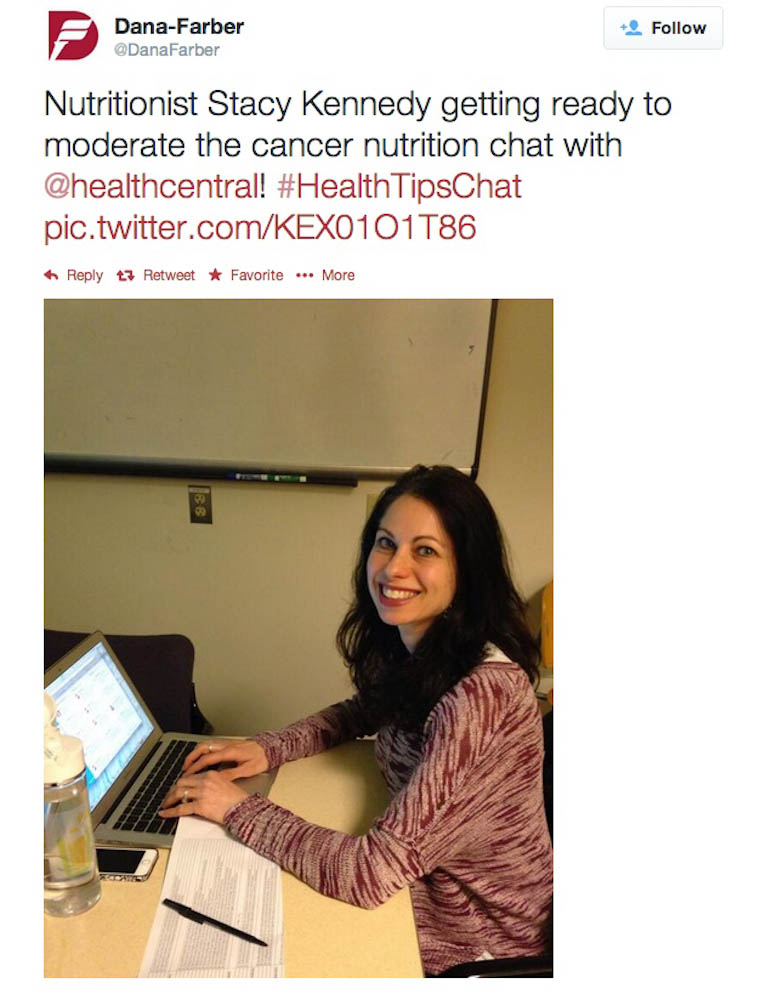Their season starts today, and although the Boston Red Sox will have a lot of competition in their quest to repeat as World Series champions, fans can be certain of one thing: a continuation of the baseball team’s special bond with the Jimmy Fund and Dana-Farber Cancer Institute.
Dating from 1953, this is the longest and most successful partnership between a professional sports team and charity in North America. The Red Sox have helped the Jimmy Fund raise millions of dollars for cancer care and research at Dana-Farber through appearances and appeals while befriending patients of all ages.
Here are some highlights from the long-standing connection between these two New England institutions.

 Dana-Farber (
Dana-Farber (